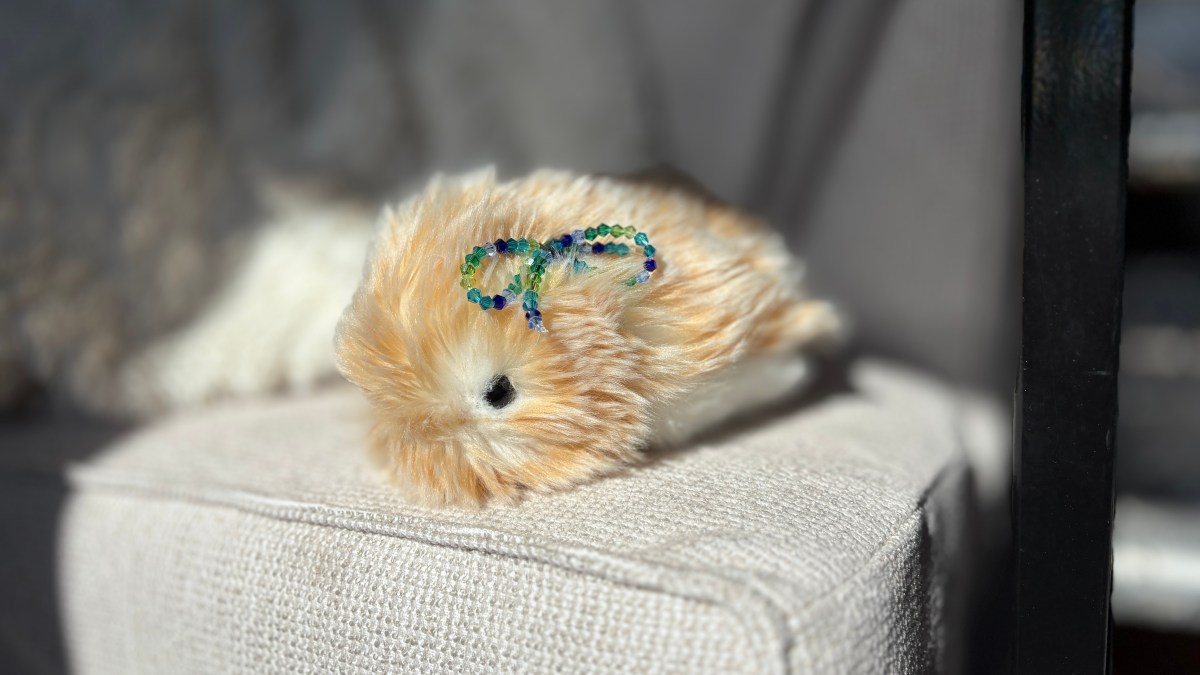Casio’s Moflin AI Pet: A Cute but Pricey Robotic Companion

Key Points
- Casio’s Moflin is an AI‑enabled robotic pet that learns and evolves over weeks.
- The MofLife app tracks four personality traits and logs simple mood statements.
- Privacy claims state the device does not record speech, only converts audio to non‑identifiable data.
- A “deep sleep” mode lets users turn the pet off, addressing a common issue with earlier toys.
- Public tests showed mixed reactions, from curiosity to jokes about data collection.
- At $430, the Moflin is pricey compared to typical toys but far cheaper than high‑end robot dogs.
- The reviewer finds it entertaining for children or memory‑care settings but not a substitute for real pets.
Tech writer tests Casio’s Moflin, an AI‑enabled robotic pet that learns and reacts over time. While the fluffy device offers novelty, interactive app tracking and a “deep sleep” mode, the reviewer questions its practicality and steep price compared with traditional toys and higher‑end robot dogs. The piece balances humor with critical assessment, noting the Moflin’s appeal for children or memory‑care settings but concluding it may not replace real pets.
First Impressions and Core Features
The reviewer received a review unit of Casio’s Moflin, an AI‑driven robotic pet marketed as a low‑maintenance alternative to living animals. The device arrives in a box, resembling a fluffy, high‑tech potato, and pairs with the MofLife app, which tracks four personality metrics: energetic, cheerful, shy, and affectionate. According to Casio, the Moflin starts with limited emotions and, over a period of weeks, develops richer expressions and a clearer emotional range.
Privacy and Data Handling
Casio assures users that the Moflin does not record speech but converts audio into non‑identifiable data to differentiate the owner’s voice. The reviewer notes that a network analysis of the app did not reveal any hidden surveillance concerns, though the presence of data conversion is explicitly mentioned in the product’s description.
Interaction and Development
During the testing period, the reviewer observes that the Moflin’s “energetic” bar quickly maxed out, leading to frequent wiggles and happy squeaks. The “cheerful” metric also rose, while the device remained sensitive to being flipped on its back or startled by loud noises. The app logs simple statements such as “Moflin had a nice dream” or “Moflin seems relaxed.”
Practical Features
The Moflin includes a “deep sleep” mode that temporarily suspends movement and sound, allowing users to turn the pet off without waiting for battery depletion. This feature addresses a common complaint about earlier robotic toys that could not be easily powered down.
Social Experiments and Public Reaction
To gauge public perception, the reviewer took the Moflin to various settings—subway rides, children’s encounters, a Pilates class, and a karaoke session. Reactions ranged from curiosity and affection to jokes about data harvesting. The device’s silent appearance led some viewers to mistake it for a real animal, while others expressed concern over privacy.
Value Assessment
The reviewer compares the Moflin’s price of $430 to other consumer electronics, noting it approaches the cost of a popular gaming console. While the robot offers a safe companion for children or seniors—lacking the risk of physical harm—it falls short of replacing the emotional bond of a living pet. The article also references higher‑end robotic dogs priced at $3,200, emphasizing the Moflin’s position as a more affordable, albeit less sophisticated, alternative.
Conclusion
Overall, the Moflin delivers novelty, interactive tracking, and a degree of emotional expression, but its high price and limited depth of interaction may restrict its appeal to niche audiences. The reviewer appreciates the added joy it provides but remains skeptical about its broader market viability.